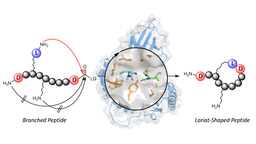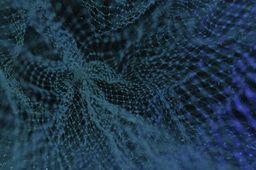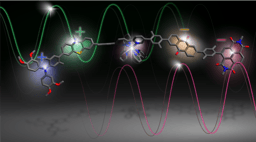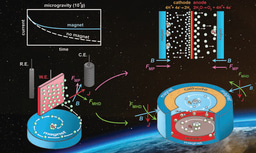Reconfiguring and Programming Hydrogel Assemblies with Photocontrolled Reversible Adhesives
Published in Materials

Creating intelligent materials and soft robots through the assembly of hydrogel units with diverse functions, components, shapes, and sizes presents a novel approach. However, this poses challenges due to the intrinsic properties of hydrogels: 1) the main component of a hydrogel unit is water, which lacks the distinct contours of solid surfaces for effective bonding; 2) volume and shape changes in hydrogel assemblies can cause interface failures; 3) conventional adhesives cannot meet the requirements of reconfigurability and programmability for hydrogel assemblies. To address these challenges, Prof. Si Wu’s group designed a robust yet reversible adhesive for hydrogels, enabling the construction of soft robots through hydrogel gluing. The adhesive, designed with metallopolymers, undergoes reversible crosslinking via heating and light irradiation. This adhesive securely bonds individual hydrogel units, even under varying temperatures and pH conditions. The authors demonstrated that hydrogel assemblies with stimuli-responsive units showed controllable shape changes and motions. Moreover, the hydrogel assemblies can be disassembled by light irradiation and the individual hydrogel units can be reassembled using the adhesive with heating. These features facilitate the fabrication and reprogramming of intelligent materials and soft robots by reversible gluing hydrogel units.
The design strategy employed in this study for the reversible adhesive involves a combination of reversible crosslinking and polymer chain interpenetration at the hydrogel interface, distinguishing it from those for mussel-inspired adhesives or conventional supramolecular adhesives. The reported reversible hydrogel assembly method holds the potential for applications in soft robots, 4D printing, and biomedical devices that exhibit active motions in physiological conditions. It is anticipated that soft robots that can navigate complex environments and interact with humans can be fabricated using the method reported in this paper. This work introduces innovative strategies for adhesive and hydrogel assembly design, pushing the boundaries of robotic technology.
Follow the Topic
-
Nature Chemistry

A monthly journal dedicated to publishing high-quality papers that describe the most significant and cutting-edge research in all areas of chemistry, reflecting the traditional core subjects of analytical, inorganic, organic and physical chemistry.





Please sign in or register for FREE
If you are a registered user on Research Communities by Springer Nature, please sign in
https://www.nature.com/articles/s41557-024-01476-2.pdf